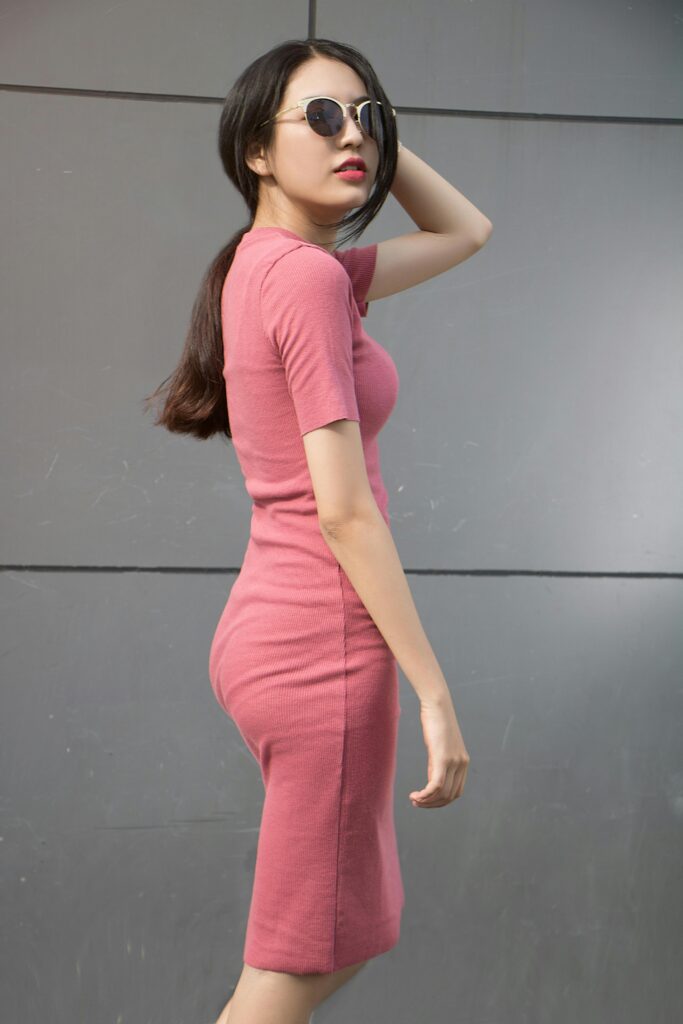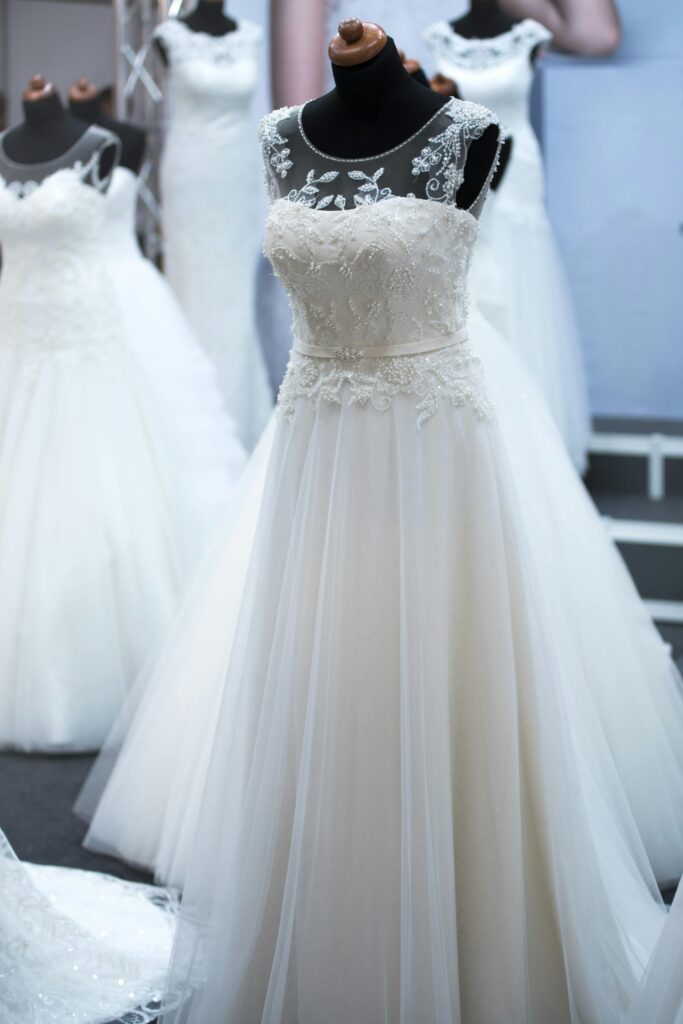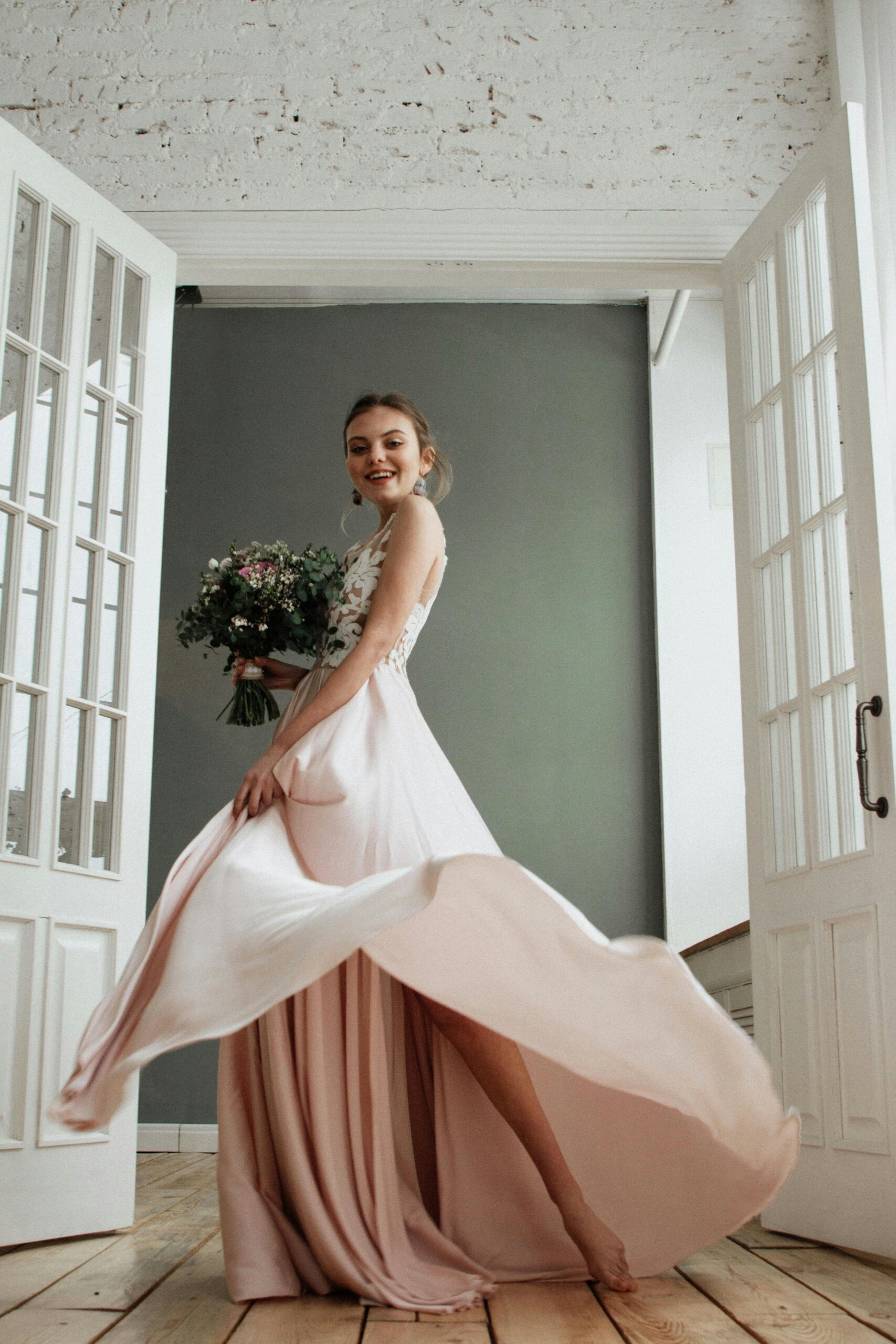Dress manufacturing is one of the most important parts of the fashion industry. Dresses come in countless styles – from evening gowns to casual daywear – but the manufacturing process follows some core steps to ensure style, comfort, and durability.
Step-by-Step Dress Manufacturing Process
1. Dress Manufacturing: Design & Fabric Selection
Fashion designers first sketch the dress design and select fabrics like cotton, silk, chiffon, or polyester. The fabric choice determines the flow, look, and comfort of the final dress.
2. Pattern Making
A professional pattern maker creates templates for each part of the dress. This ensures that the dress will have the right proportions and fit.
3. Cutting the Fabric
The fabric is spread out and cut according to the patterns using precision cutting machines. This minimizes waste and ensures accuracy.
4. Stitching & Assembly
Skilled tailors stitch the dress panels together. Depending on the design, this may include darts, pleats, zippers, or embellishments.
5. Adding Details
Many dresses include decorative details like embroidery, lace, sequins, or beadwork. These additions elevate the design and add value.
6. Finishing
Finally, the dress is pressed, checked for quality, and packed with labels and tags. This step ensures the garment is ready for sale or runway use.
Types of Dresses
- Casual Dresses: Comfortable everyday wear.
- Evening Gowns: Formal and luxurious.
- Cocktail Dresses: Stylish mid-length dresses for parties.
- Summer Dresses: Light fabrics for warm weather.
- Office Dresses: Professional and elegant.



Why Dress Manufacturing Matters
Dresses have been fashion symbols for centuries, combining elegance, tradition, and creativity. By understanding the dress manufacturing process, fashion brands can maintain consistent quality and create timeless pieces.




